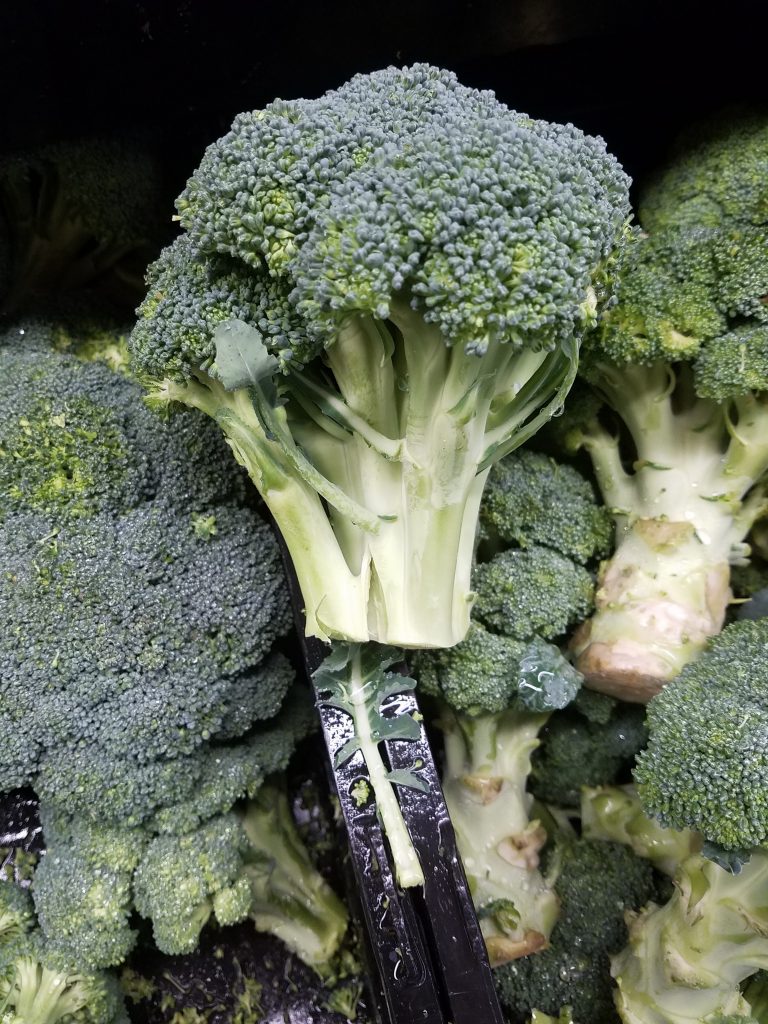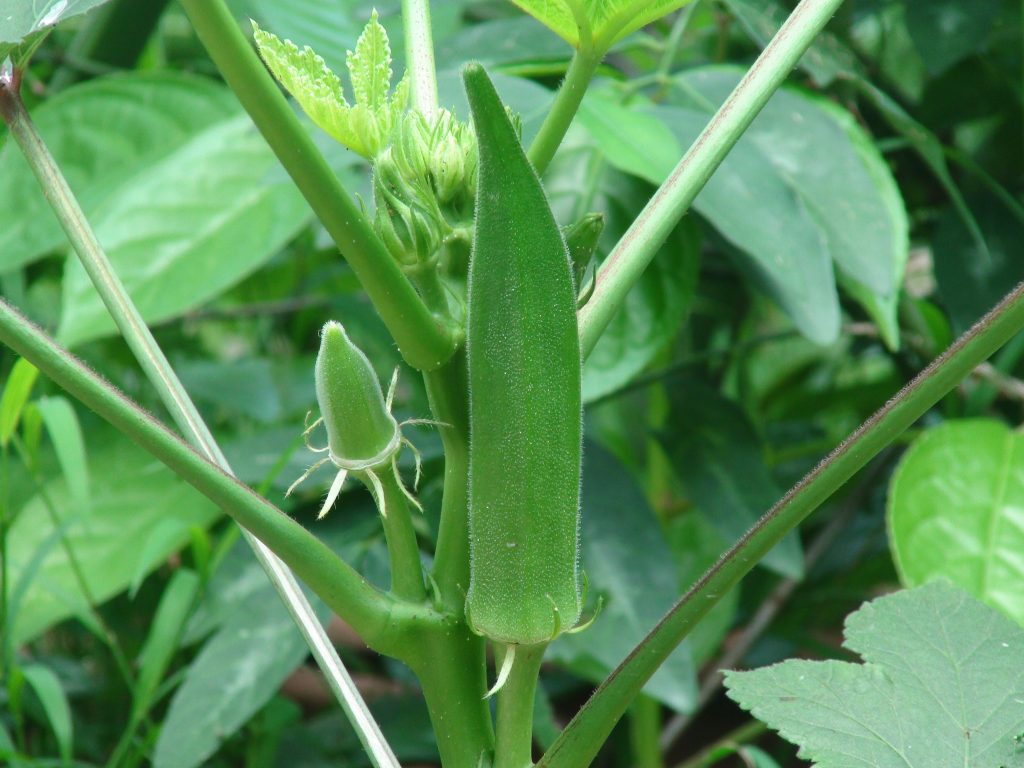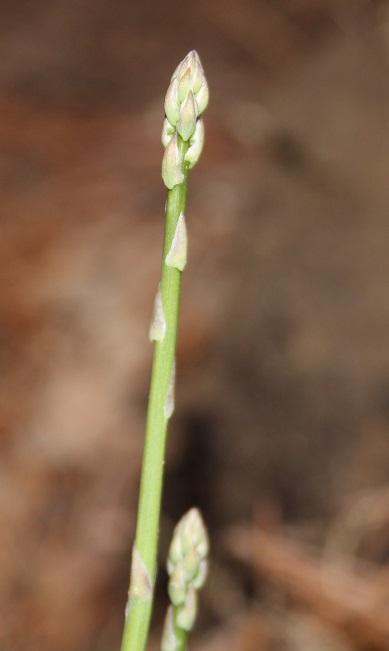Broccoli Gardening

Broccoli, Brassica oleracea var. Italica, belongs to the plant species Brassica oleracea, that also includes several other common cultivars including cabbage, Brussels sprout, kale, cauliflower, and collard greens. The short, thick-stemmed plant from the Brassicaceae family is native to eastern Mediterranean and Asia Minor. It’s a herbaceous annual plant grown for its edible flower heads. If you want to attempt broccoli gardening, you should know the plant grows to about 24 to 36 inches high with thick, branching leathery leaves, and dense clusters of flower heads, usually green in color. It’s a cool season vegetable that takes between 60 to 150 days for the heads to come to harvest, depending on the variety.
Types & Varieties of Broccoli
Broccoli is a nutritious vegetable, high in dietary fibers, vitamins and minerals. It’s an excellent source of potassium, folic acid, and Vitamins A, B and K. Though most superstores only sell a few standard types, there is a wide range of broccolis to grow and harvest for home gardeners.
Common Varieties of Broccoli:
Belstar – This hybrid variety produces 6-inch blue green heads that take about 65 days to reach maturity. Once the main crown is picked, the variety is also known for producing a series of side shoots for further harvests.
Blue Wind F1 – This is an extra early maturing variety, producing large dense heads that take about 60 days to mature. The side shoot production is also commendable.
Di Cicco – It’s an Italian heirloom variety that produces its initial crowns in as little as 50 days, followed by side shoots. The plants mature at different rates, making it an excellent choice for home gardeners, giving a consistent supply of broccolis to the kitchen.
Purple Sprouting Broccoli – With purple flower heads instead of the typical green broccolis, the variety is much sweeter than others. It matures slower than others and is typically planted as a biennial to harvest in the following spring.
Broccoli yields 4 to 6 pounds from a 10-foot row. Space individual plants 18 to 24 inches apart, with a 3-feet spacing between rows and plan about 2 to 4 plants per person.
Temperature and Timing for Growing Broccoli
Broccoli is a cool-season crop that’s typically planted in late winters or early spring for harvesting in early summer. For broccoli gardening a second crop can be planted in late summers for a fall harvest. Broccolis grow best when the temperatures are between 40°F to 70°F. High temperatures negatively impact the development of the heads, so gardeners aim to bring it to harvest before the temperatures soar.
Sun Exposure and Soil Requirements
Broccoli prefers full sun but if the temperatures are higher, partial shade may be better to prevent the plants from bolting.
Broccoli grow best in rich, fertile soil amended with plenty of organic matter and with a neutral soil pH.
How to Plant Broccoli
Broccoli gardening begins by starting the seeds indoors, 6 to 8 weeks before the last spring frost. It can also be started by direct sowing in the garden, 2 to 3 weeks before the last spring frost. Work the soil with 2 to 4 inches of aged compost in early spring before sowing the seeds. When planting outdoors, sow the seeds ½ inches deep in soil and 3 inches apart.
Water the soil and maintain it consistently moist throughout the germination phase. Once the seedlings emerge and grow to a height of 2 to 3 inches, thin them to maintain an 18 to 24-inch spacing between the plants.
If started indoors, transplants can go into the garden after hardening off, once they are 4 to 6 weeks old. Plant the transplants 18 to 24 inches apart, setting them slightly deeper in the planting holes than they were in the containers. Water the transplants well just after planting.
Fertilize the transplants with a low-nitrogen formula 3 weeks after planting them in the garden. Provide 1 to 1.5 inches of water each week, maintaining consistent moisture for best development. Always water at the base and avoid getting the developing heads wet. Mulch around the plants to suppress weeds.
Harvest
Towards the end of a successful broccoli growing season, you’ll have plenty of beautiful flower heads to harvest. Here’s how to pick them:
- Harvest the buds as soon as they’re the size of a large fist, while they’re firm and dense, just before flowering.
- If you wait too long to harvest, the buds open and the quality of the heads fall. You can still eat them but the texture is tougher.
- Cut the heads from the base with 4 inches of stalk attached.
- Let the plant grow after harvesting the main head and side shoots will develop. The new flower heads will be smaller in size than the main head but taste just as good.
Storing
Broccoli stays fresh in the refrigerator for up to 5 days. Store unwashed broccoli loosely wrapped in damp paper towels in the fridge and consume them within the next few days. If you want to store it for longer, you can freeze it after blanching and use it for up to one year.
Pests and Diseases
Pests
- Aphids suck the plants’ sap, leaving curling and discolored leaves. Hose them off the plants with a strong jet of water. If the plants are severely infested, insecticidal soap or neem oil can help.
- Cabbage worms feed on broccoli leaves, causing serious damage to the plants. If handpicking does not help, in the case of serious infestations, treating with Bacillus thuringiensis is typically effective.
- Flea beetles leave small holes in the foliage, killing off the seedlings and reducing the yield for mature plants. White sticky traps can help capture the insects. Insecticides are also helpful if used early in the season.
Diseases
- Powdery mildew is a fungal disease that appears as white patches with purple blotching on leaf surfaces. The thick powdery layer coats the leaves, causing them to eventually drop off the plant. If the disease persists, it spreads to the stem and head. Plant resistant varieties, rotate crops, keep the foliage dry and avoid using excessive nitrogen fertilizers to prevent the problem.
Applying all the information you’ve learned from this article, you’re ready to begin a successful and rewarding broccoli growing season.


